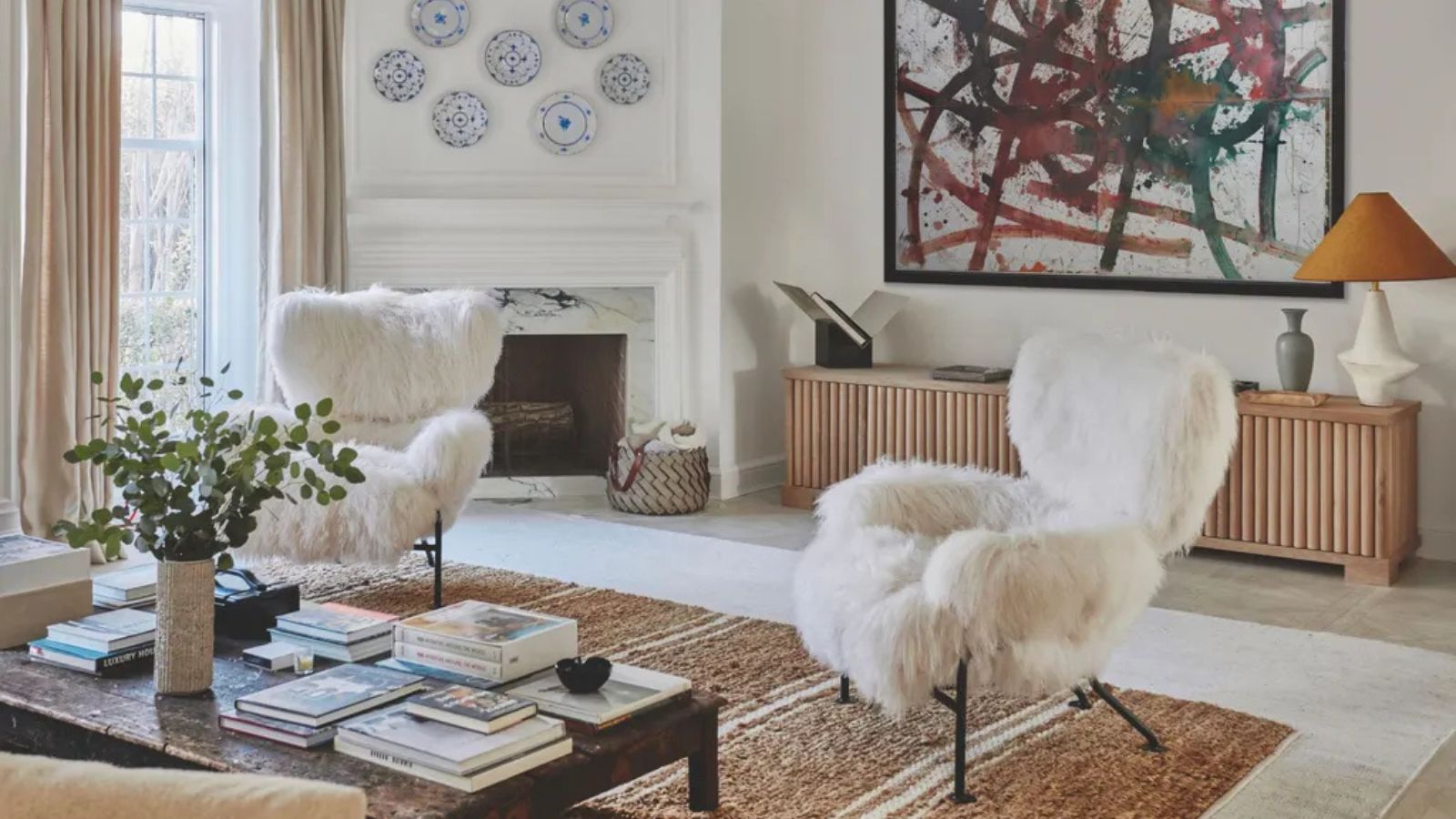
It can be tempting to keep adding to a room. To keep bringing home more pieces you found at a flea market and just had to have, to keep layering your couch with extra pillows, to keep switching out the prints. But actually, the beauty of interior design comes from knowing when a room is done, when to say enough is enough, and when to relax into a space, safe in the knowledge that it's finally complete.
But because that point in a decorating journey is hard to define, I asked seven of my favorite design experts for their interior design tips on when and how they knew it was time to step away. And surprisingly, all of them had very quantifiable moments they looked for – a time when a room was finally done.
1. When a maximalist scheme manages to make you feel calm
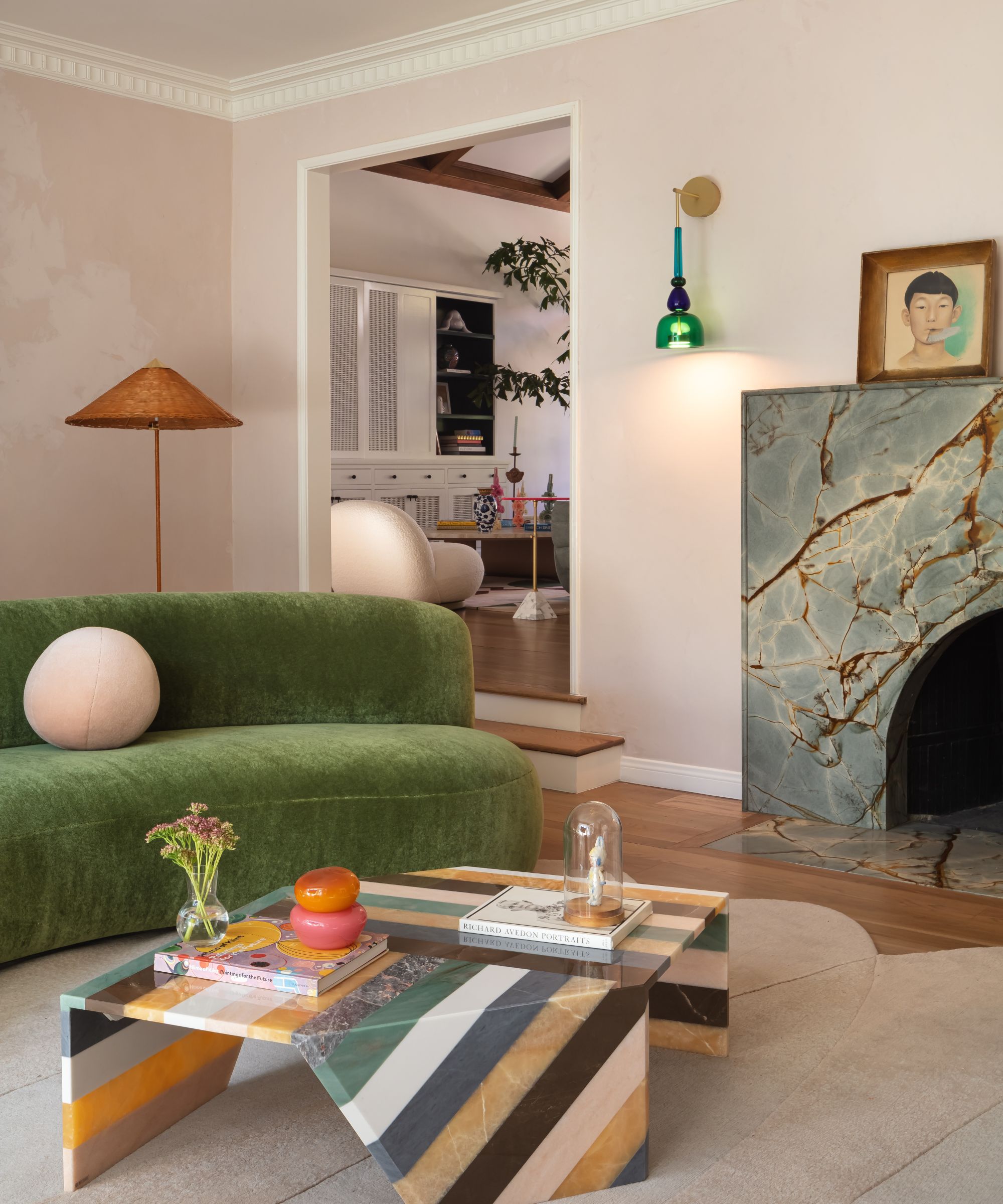
At first glance, the rooms designed by LA-based studio LALA Reimagined may seem maximalist, but there is always an element of restraint that comes from knowing when to stop adding pattern and prints, from knowing when a room is simply 'done'.
'Our style of decorating is never about being overpowering,' says the studio's co-founder, Azar Fattahi. 'There's a sense of calm in every scheme we create, which could come from something as simple as the neutral color of the walls.' Her design partner Lia McNairy agrees. 'Once a room feels calm, despite having a lot of playful elements in it, that's when we know it's done.'
So, how do you make a room feel calmer? The LALA Reimagined team has a simple tip they swear by: steer clear of white and always opt for a soft cream backdrop instead. 'We’re allergic to bright white, which would feel too stark and make all the pieces we’ve chosen stand out too much, but we like a color called Kashmir from Portola Paints, which is warmer – it’s not white, but it’s not quite off white, either.'
The elegant silhouette of this floor lamp helps to create a bit of interest in an otherwise empty corner. As can be seen in the calm yet creative space above.
Ball-shaped pillows continue to be a big design trend, and look so much more considered and curated than regular squares.
A flash of green glass as a wall light could be all you need to complete a room scheme and add some interest to a blank wall.
2. When everything looks complete through your phone
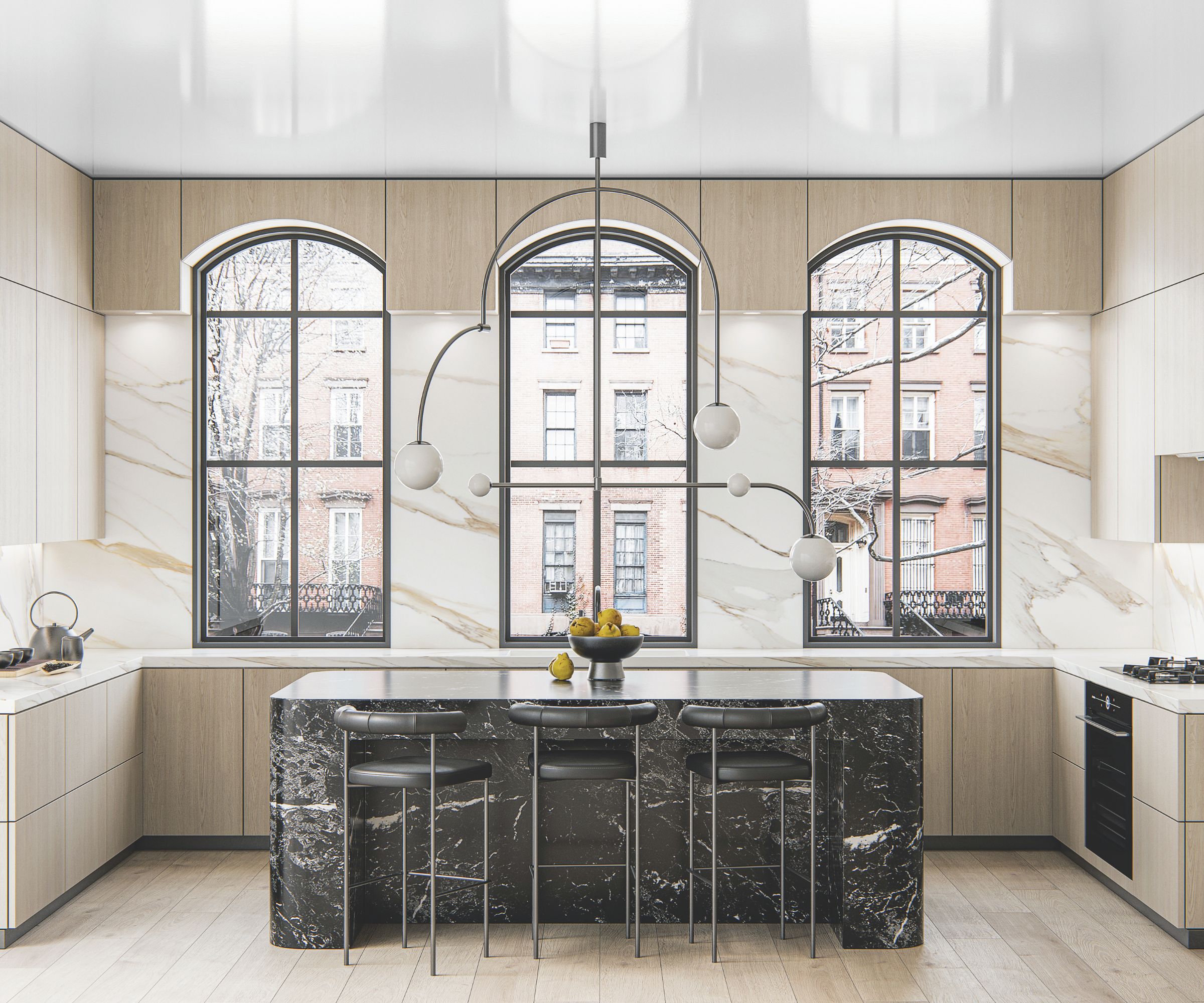
For the New York-based designer Noa Santos, founder of the studio NAINOA, he has a clever way of working out when a room is done, using something we all have access to.
'Use your phone as a tool – pretend like you’re a photographer and just look at the space through the lens,' Noa suggests. 'Is anything feeling unbalanced? Is anything feeling unfinished? It’s helpful to analyze those photos. Design can be enjoyed in smaller gestures, and if everything comes together in a way that feels like the space is complete, then it almost certainly is.'
He adds that it's worth remembering that no room is ever totally 'done'. 'What I love about design is that it isn’t stagnant, it grows as you do,' he says. 'Our lives are evolving, and our spaces should feel complete but never finished. Decorating is a muscle, and you have to engage that muscle frequently. If you do that, you can understand what the space needs to be, how you want to live, and who you really are.'
3. When a room functions but still has room to breathe
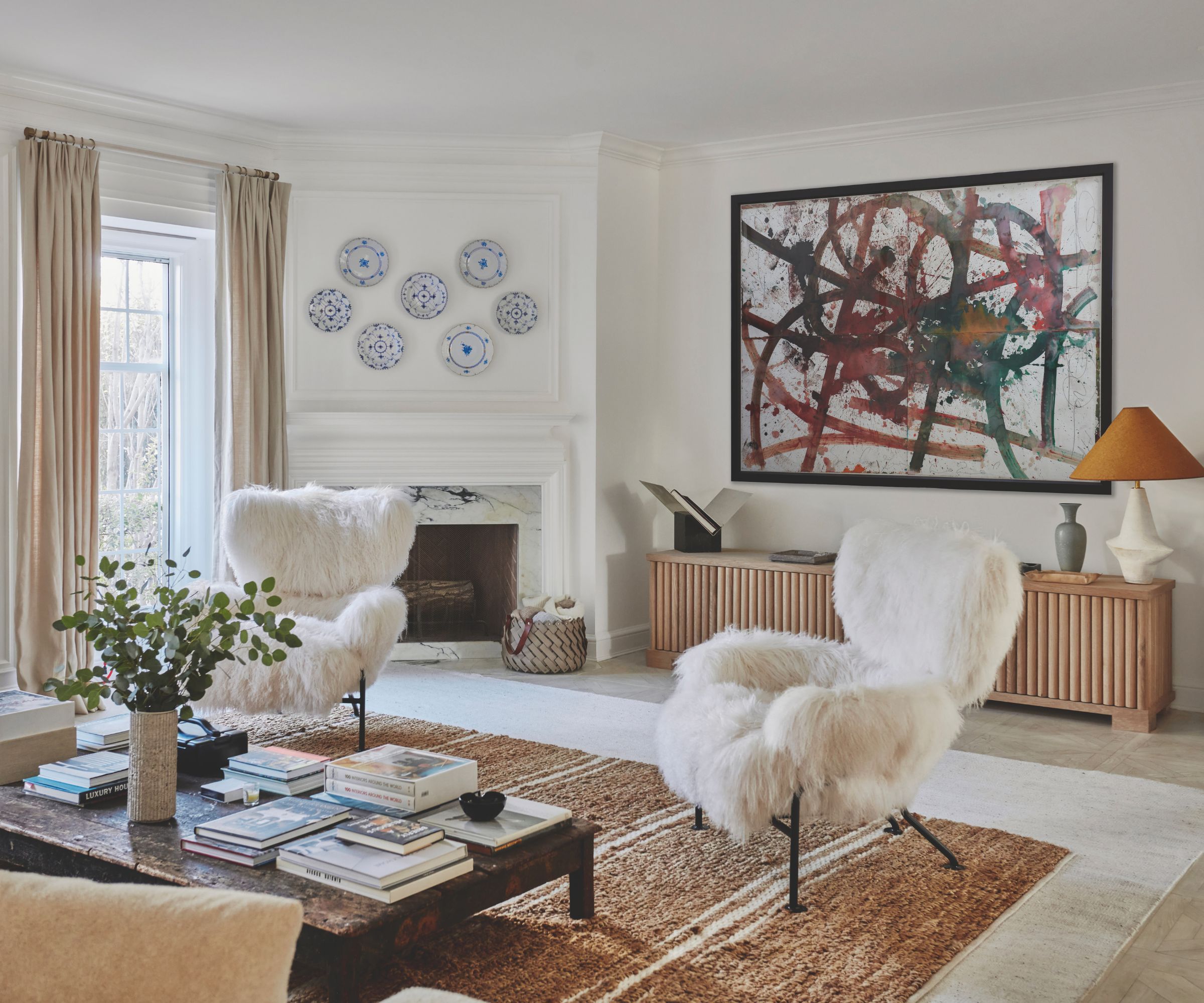
The LA-based interior designer Brigette Romanek focuses as much on the space between the items she puts in her rooms, as she does on the items themselves. And when there is enough in the room so that you can use it functionally – the right seating, enough tables – and still air to breathe, that's when she knows a room is done.
'A room begins with a conversation about textures and colors, and finding the harmony between the two,' Brigette says. 'The pieces you choose need to create no conflict with each other, to flow.
'You can do this by looking at the space between them and the shapes in the air around your furniture. By introducing gentle curves that complement each other, and spacing them apart so their outlines still have room to breathe, it will all come together and feel complete.'
A sculptural table lamp with a fascinatingly shaped base could be all you need to create the right silhouette on a sideboard or console and complete your vignettes.
Pair a lamp with an equally sculptural vase to create a shape in the air between them that is just as beautiful as the objets themselves.
This book stand is more than just a functional piece – it also creates a sharp silhouette on a coffee table or cabinet.
4. When it makes you feel comfortable
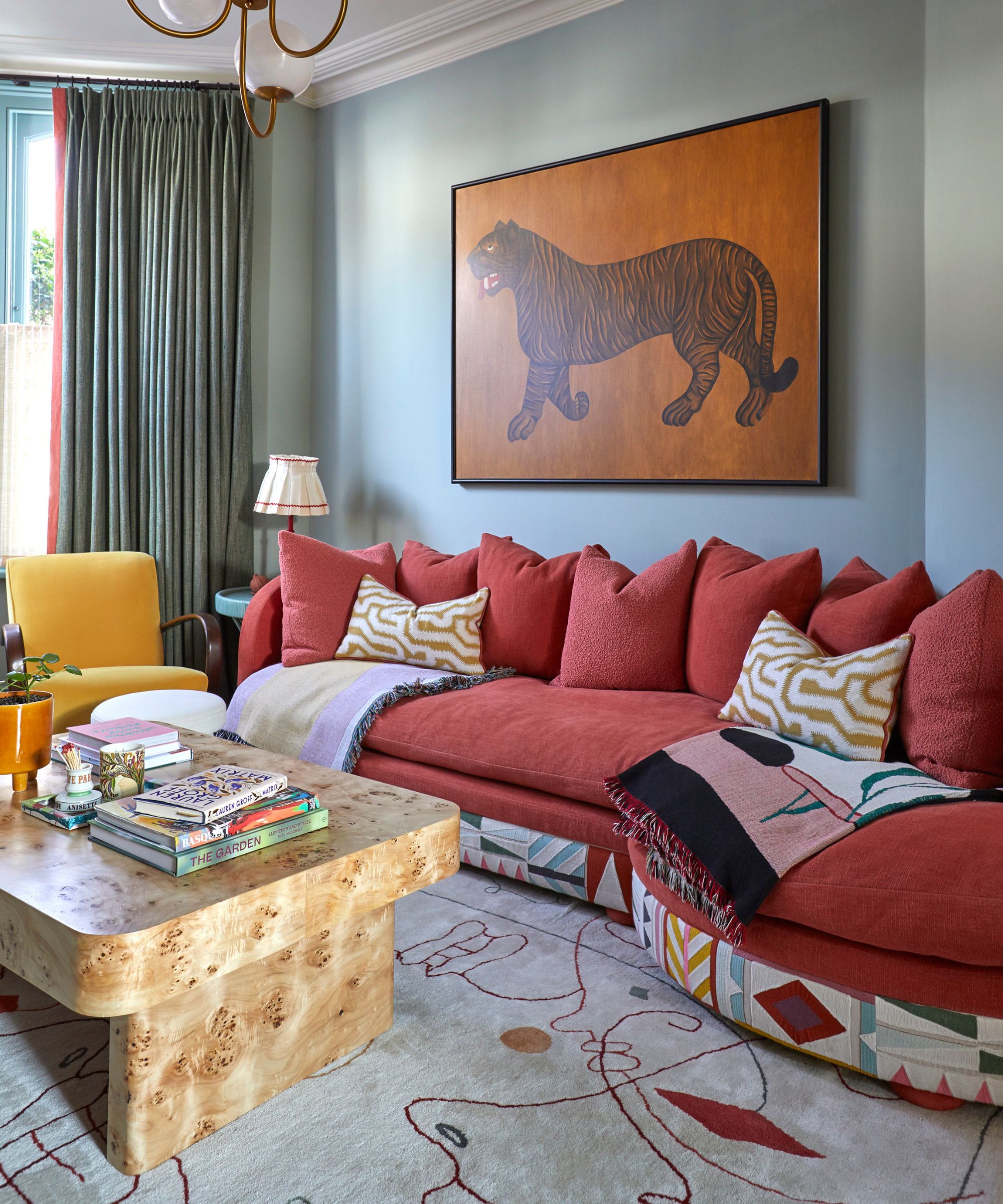
The interior designer Tiffany Duggan of Studio Duggan has an easy rule for when a room is done, and that is that it makes you feel comfortable. In other words, it's not overstuffed and makes you feel closed in, but it does have enough in it that you sense you could relax. The Goldilocks effect in design, perhaps.
'I need a room to feel harmonious,' she says. 'Ask yourself, "Is this room making me uncomfortable?" If it is, swap some pieces around, and if it’s not, you've got it right. It really can be as simple as that.'
The warming beige checks on this pillow are a soft and neutral way to layer in some comfort.
Take inspiration from the cheery pop of yellow in Tiffany Duggan's scheme, and with a chaise lounge just made for relaxing on.
For extra coziness, make sure to layer in a throw blanket or three, like this pretty printed one by Moroccan-based brand LRNCE.
5. When the ratio of vintage pieces is correct
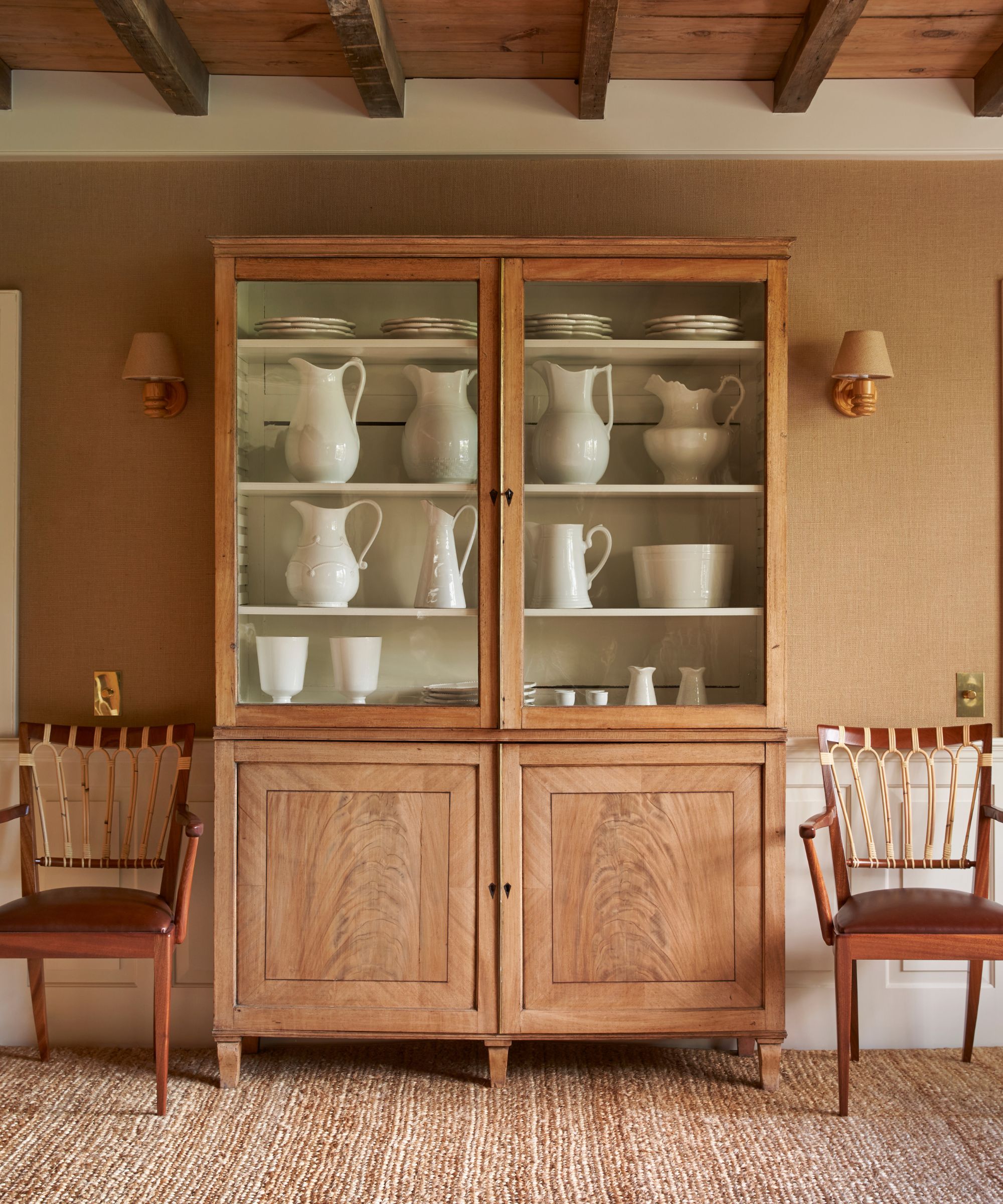
The Portland-based interior designer Molly Kidd, founder of Molly Kidd Studio, steps away from a room when she has a ratio of vintage to new pieces just right. And for her, that's about 50% of each.
'It's the character decorating with vintage brings to a space,' she says. 'There was a time in my early career when I'd go into showrooms and every space would look the same, but vintage pieces make a home special and unique, adding a particular richness. Once I've got around half the furniture in any given room from a vintage source, that's when I know I've got it right.'
6. When there is still a lot of empty space
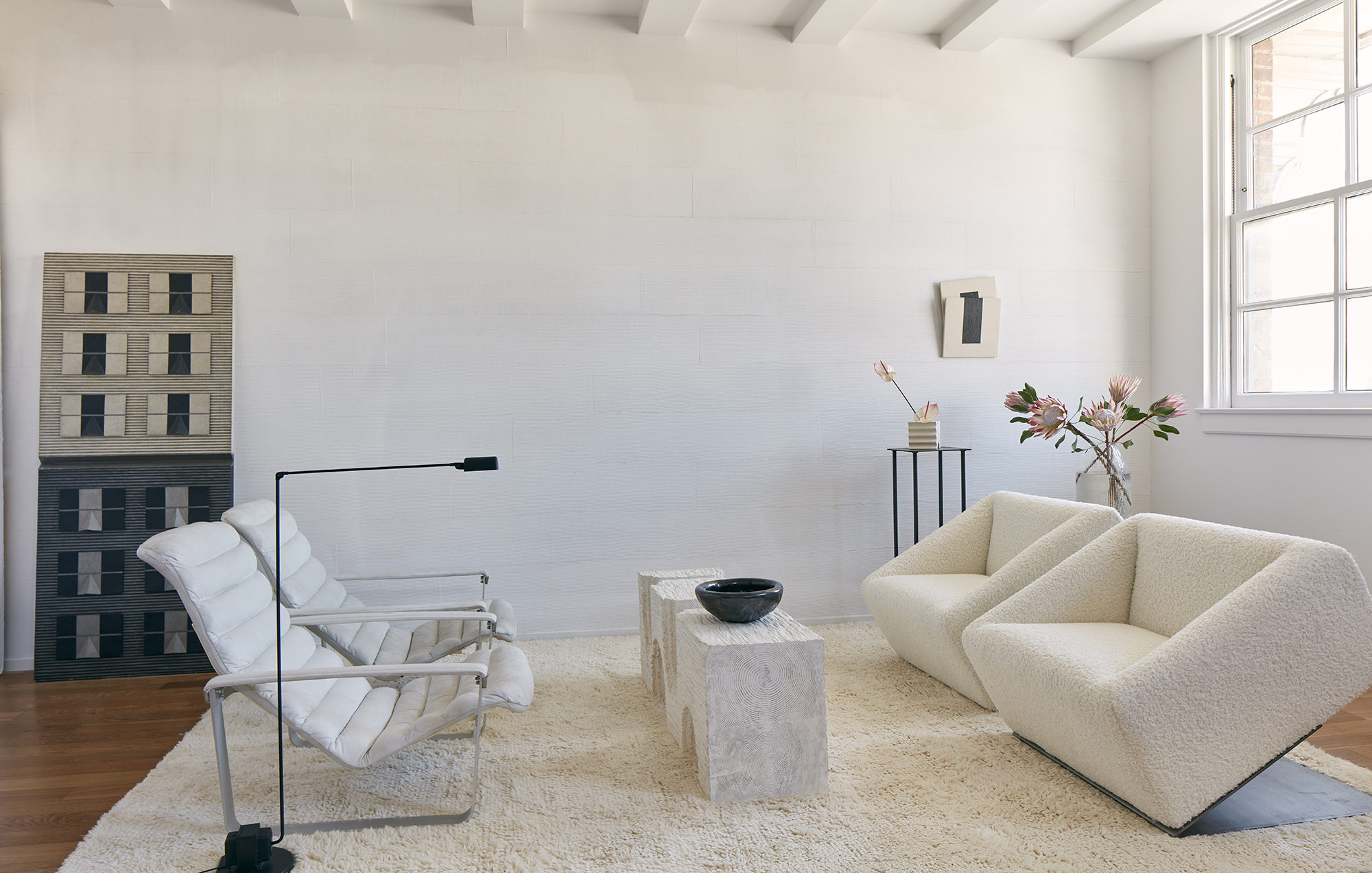
A temptation for any decorator is to feel that you need to fill every surface, have every wall bursting with artwork. But for the LA-based studio Broad Project, the time to step away is when there is still a sense of emptiness, before it becomes too full.
'You want a home to be collected over time, and not filled from the beginning,' says Lucie Klimes, the studio's creative director. 'Peace and sanctuary come from simplicity, and we lean into having negative space. As soon as a room starts to feel over-cluttered, or in fact, just before this happens, you need to step away.'
7. When it has the same effect as a cashmere sweater
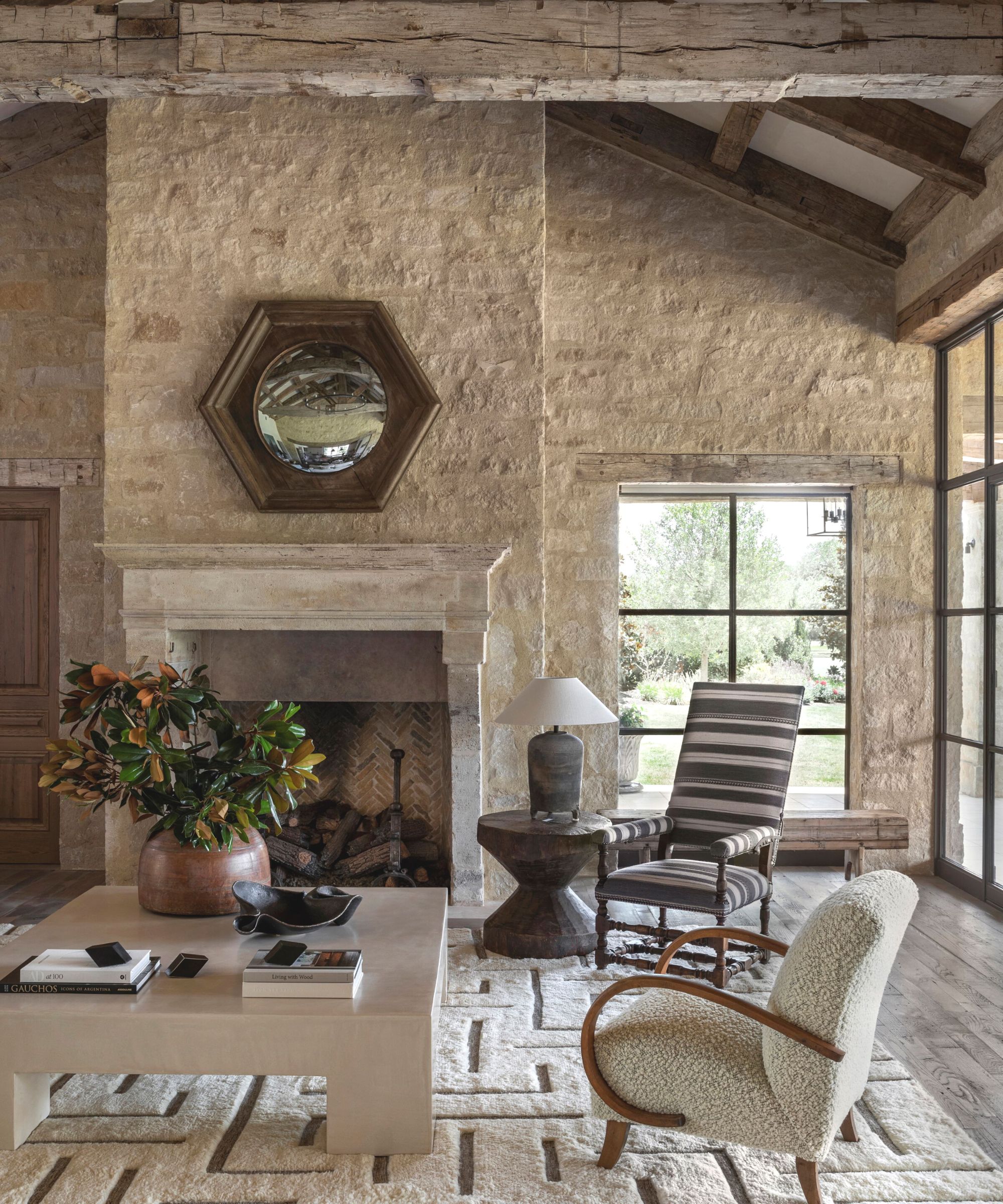
The designer Jacqui Seerman approaches room decor like you might approach putting an outfit together, and she wants her spaces to evoke the same feeling as a good cashmere sweater.
'There's something about wanting to feel safe in your environment, but also look perfect and somehow feel cozy, too,' she says. 'I reference cashmere a lot – it's so safe yet also manages to be the peak of effortless style. Once a room manages to have that same effect, with enough materials like brushed cotton, heavy knit throws, and a plush rug that you can happily walk on barefoot, that's when I know that it's done.'
In order to create a cozy corner, you'll need a little end table to put a lamp on – an instant reading nook.
The shearling used for this pillow has the same effect as cashmere – luxe and tactile, and comforting.
And an actual cashmere throw will complete the vibe of being truly wrapped up and looked after by your decor.
So it seems there are a few ways designers decide that a room is done, but they all come down to not giving in to the temptation to over-stuff your space. As long as it feels comfortable and offers all of the functions you need it to then it's complete. Don't be tempted to fill every empty corner and allow what you have the room to breathe.







